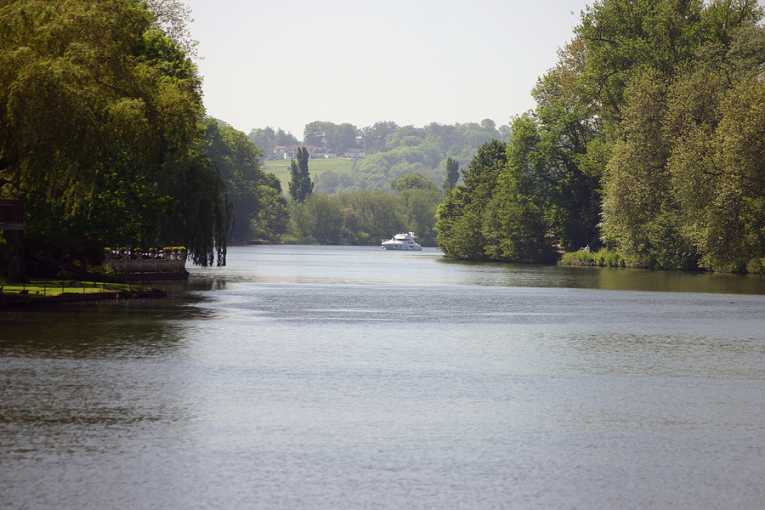The UK Government's Environment Agency has revealed the 10 rivers which have shown the greatest environmental improvements, turning from polluted industrial waterways to wildlife havens and tourist traps.
The Taff, in Wales, once ran black with coal dust, but now attracts international fishing contests. In the 1950s the Thames was considered biologically dead, but is now bringing wildlife back into the heart of the capital.
The Environment Agency (EA), which is urging the British public to get down to the river banks and witness the improvements says habitat improvement projects, better legislation on pollution and the efforts of farmers, businesses and water companies have all helped transform these rivers.
Ian Barker, EA Head of Land and Water at the, said: "Work that we have done with farmers, businesses and water companies to reduce the amount of water taken from rivers, minimise pollution and improve water quality is really paying off - as these rivers show. Britain's rivers are the healthiest for over 20 years and otters, salmon and other wildlife are returning for the first time since the industrial revolution.
"But there is still more to be done, and we have plans to transform a further 9,500 miles of rivers in England and Wales by 2015 - the equivalent of the distance between the UK and Australia."Forthcoming European Union targets on water quality in rivers and lakes mean the work is far from over says the EA which has around £18 million to spend on new projects this year.
The top 10 most improved rivers are:
The River Wandle in London. Designated a sewer in the 1960s, the Wandle is now one of the best coarse fisheries in the country.
The River Thames. So dramatic has been the recovery of the Thames that last year it won the International Theiss Riverprize for outstanding achievement in river management. Salmon, otter and sea trout can now be found in what was once considered a national disgrace.
The River Wear, County Durham. Running through the industrial heartlands, the Wear, with its neighbour the Tyne, is now one of the two top salmon rivers in the country.
The Stour, in Worcestershire used to run with multi-coloured water as carpet factories dumped their dyes into its waters. Now, otters have been seen in the heart of the carpet manufacturing centre of Kidderminster.
The River Darent in Kent was devastated by water extraction, but is now back with an official Good Ecological Status and brown trout enjoying its rejuvenated waters.
The River Dee (Afon Dyfrdwy) rises in Snowdonia and flows for 70 miles through Wales and England. While some of its course is through some of Britian's most famous countryside it was also defiled by industrial pollution. Regulation on this pollution now means more than 100,000 waders and 20,000 water fowl over winter in its estuary.
The River Nar in Norfolk is one of the protected fenland chalkstreams. But its use as an agricultural drain helped push out wildlife, which is now back in force, including a rare breed of sea trout, otters and kingfishers.
The Taff once bore the brunt of the South Wales mining industry's dirty practices and was dead to wildlife as recently as the 1980s. With the mines gone and tighter pollution controls the river hosted the international fly fishing championships two years ago.
The River Stour in Dorset has been boosted by its historical significance. Working the National Trust the EA restored Dorset's oldest mill on its banks, providing a fantastic wildlife refuge in the process.
The Mersey Basin also wore the scars of industrial success and in 1982 was named Europe's most polluted river. More than £1billion has helped turn the river around and make it a thriving home to salmon, trout, otters and eels again.
Top Image Credit: River Thames in England © Alamar










